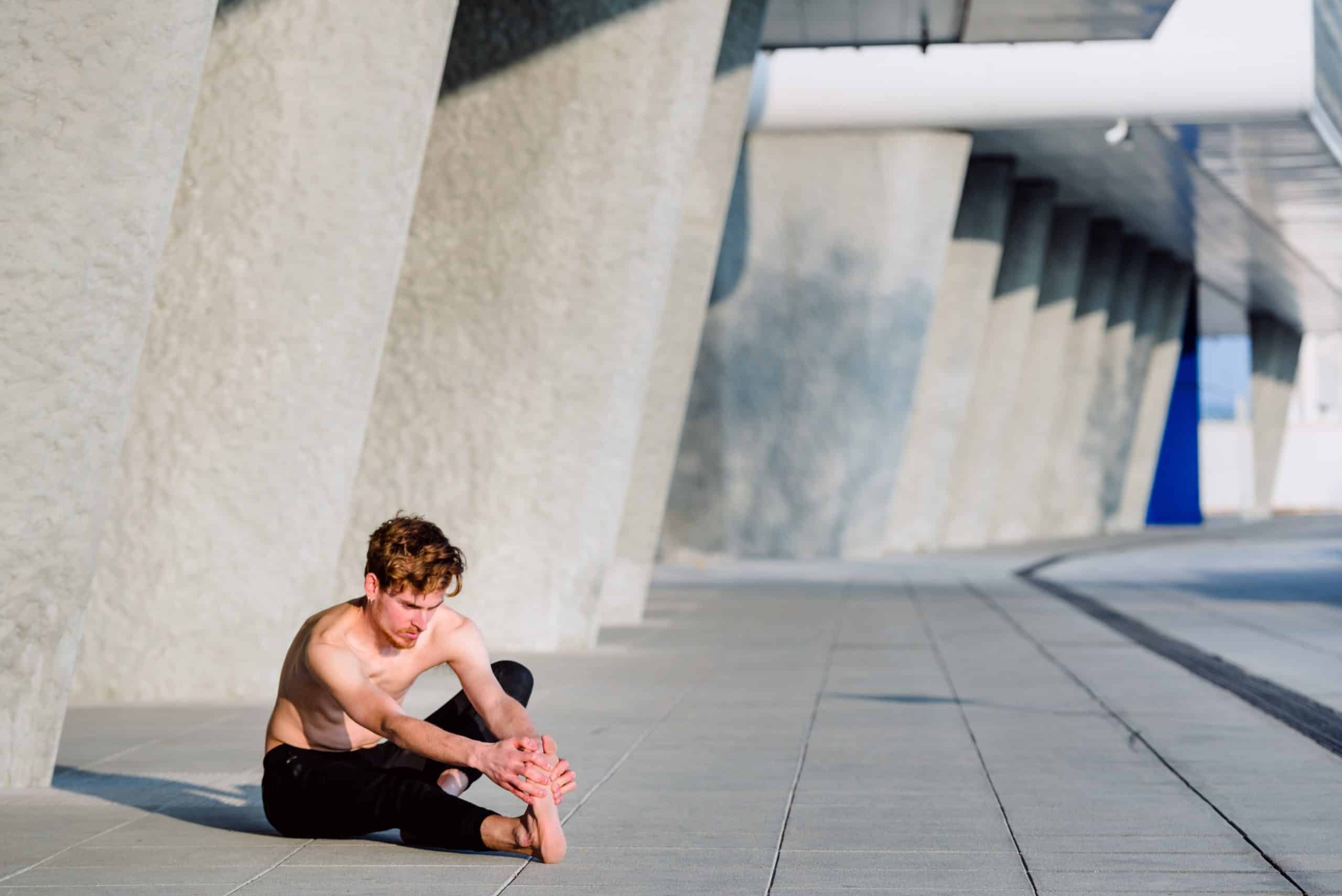How to Design Multi-Functional Living Spaces for the Growing Freelancer Economy in the UK?

The world of work is evolving rapidly and the UK is no exception. An increasing number of workers are embracing the freelance economy and moving away from traditional employment. This shift has altered the needs and expectations of workers for their working and living spaces. Now, the challenge is to design multi-functional living spaces that cater to the unique needs of this new workforce.
In this article, you will discover how to design living spaces that are adaptable, functional, and aligned with the lifestyle and work patterns of freelancers. It will guide you through the trends and best practices in the coworking and co-living market, helping you to understand the driving forces behind this shift and how best to respond to them.
A lire en complément : What Strategies Can Ensure Privacy in Dense Urban Housing Developments?
Exploring the Trend: The Rise of the Freelancer Economy
Before delving into design principles, it’s essential to understand the prevailing economic shift and what it means for today’s workers. The term ‘freelancer economy’ refers to a market where independent workers, instead of being employed by companies, offer their services on a contract basis. It’s a vast and diverse landscape that includes everything from freelance writers to consultants, designers, and programmers.
In recent years, the number of freelancers in the UK has surged. Fuelled by the desire for greater flexibility and autonomy, more and more professionals are choosing to go independent. This trend has been further accelerated by the pandemic, which has forced employees and employers alike to reconsider the traditional work setup.
Dans le meme genre : What Is the Role of Proptech in Streamlining Facility Management in UK Commercial Properties?
The rise of the freelancer economy has significant implications for how these workers live and work. Unlike staff employed in traditional businesses, freelancers tend to work remotely, often from home. This lifestyle demands a new kind of living space that can accommodate both work and life needs.
Designing for Flexibility: Adaptable Spaces for Work and Living
In the world of freelance, work and life often blur into one. Freelancers value the ability to work when and where they want, and their living spaces should reflect that. The key is creating adaptable spaces that can easily transition from a home office to a living room or a dining area.
Creating such a space can be as simple as using movable furniture or partitions. For instance, a desk could double as a dining table, or a sofa could convert to a bed for overnight guests. Similarly, a living space could be divided into ‘zones’ for different activities, such as working, relaxing, or entertaining guests.
The use of technology can also help to make spaces more flexible. For instance, smart home systems can allow freelancers to control lighting, temperature, and noise levels to suit their work or leisure needs.
Incorporating Community: The Rise of Coworking and Co-living Spaces
Another important consideration in designing living spaces for freelancers is the need for community. Even though freelancers often work alone, they still crave social interaction and networking opportunities. This has led to the rise of coworking and co-living spaces, where freelancers can live and work alongside others in a similar situation.
Coworking spaces offer a professional environment where freelancers can work, meet with clients, and collaborate with other professionals. These spaces often come with amenities like high-speed internet, meeting rooms, and coffee stations, which can be difficult to replicate in a home setting.
Co-living spaces, on the other hand, combine the benefits of coworking with the convenience of a shared living space. These spaces typically feature private bedrooms with shared common areas, allowing freelancers to live and work in the same space. They also foster a sense of community, offering social events and networking opportunities for residents.
Prioritising Wellness: Creating Healthy Spaces for Work and Life
The shift towards freelance work also brings with it an increased focus on health and wellness. With freelancers spending more time at home, it’s crucial that their living spaces promote a healthy lifestyle.
This can be achieved through thoughtful design choices. For instance, incorporating natural materials and plants can help to improve air quality, while ample natural light can boost mood and productivity. Ergonomic furniture can reduce the risk of physical strain, and a dedicated space for exercise or relaxation can help freelancers to maintain a healthy work-life balance.
Beyond physical health, mental wellbeing is also crucial. Quiet spaces for concentration, areas for relaxation, and spaces for social interaction can all contribute to a sense of wellbeing. Thoughtful design can help freelancers to manage stress, stay productive, and feel happier in their living and working spaces.
Embracing Sustainability: Green Design for the Future
Lastly, there’s a growing demand among freelancers – and the wider population – for sustainable living. As we become more aware of our impact on the environment, many are seeking ways to minimise their ecological footprint.
In designing living spaces for freelancers, it’s therefore important to consider sustainability. This could mean using energy-efficient appliances, incorporating renewable energy sources, or choosing sustainable materials for furniture and decor. It could also mean designing spaces that encourage sustainable behaviours, like recycling or reducing waste.
Designing for the freelancer economy is about more than just providing a place to live and work. It’s about creating spaces that support a lifestyle of flexibility, community, wellness, and sustainability. By understanding these needs and responding to them through thoughtful design, you can help to shape the future of living and working in the UK.
Navigating the Real Estate Market: Opportunities and Challenges
As independent workers grow in number, the demand for multi-functional working spaces is on the rise. This growing trend presents both opportunities and challenges to the real estate market. It’s important to grasp the potential benefits and hurdles when designing adaptable and multi-functional living spaces for freelancers.
The most obvious opportunity lies in the rising demand for such spaces. More and more people are joining the freelance bandwagon, and the demand for flexible working spaces has never been higher. This provides a promising market for landlords and real estate developers looking to cater to freelancers.
On one hand, converting a traditional office space into a coworking space can be an effective way to meet this demand. These spaces can be designed to offer a blend of private and shared areas, meeting rooms, networking zones, and recreational spaces.
On the other hand, the rise of the sharing economy has opened up a range of possibilities for creating flexible living spaces. Digital nomads and side hustles are increasingly becoming the norm, making housing with shared amenities and communal spaces more appealing.
However, designing such spaces is not without its challenges. The need for flexibility means that these spaces must be adaptable to a variety of uses. This requires thoughtful planning and smart design, to ensure that each space can function in multiple ways.
For example, a resimercial design that blends residential and commercial elements can be a smart solution to cater to this new model of work. Think adjustable furniture, foldable workstations, or modular units that can be reconfigured as needed.
Moreover, the gig economy and the trend of freelance jobs also mean a certain level of uncertainty in terms of passive income for landlords. As long term leases might not be as appealing to freelancers, short-term rentals and flexible lease terms may need to be considered to attract this demographic.
Conclusion: Shaping the Future of Living and Working Spaces
In conclusion, designing multi-functional living spaces for the growing freelancer economy in the UK is not just a trend—it’s the future. The shift towards flexible work is transforming not just the world of work, but also how we live.
Incorporating adaptability, prioritising wellness, fostering a sense of community, and embracing sustainability are all crucial elements to consider when designing living spaces for freelancers. These factors can help create an environment that supports freelancers working in the most efficient, healthy, and fulfilling way possible.
With the rise of digital nomads and side hustle culture, the boundary between work and home is becoming increasingly blurred. This change creates an immense opportunity for real estate developers, architects, and designers to rethink traditional spaces and innovate new solutions.
To succeed in this rapidly evolving market, a deep understanding of the freelance work landscape is required. By staying abreast of the latest trends and listening to the needs and desires of freelancers, one can design living spaces that are not only functional and attractive but also future-ready.
Designing for the freelancer economy requires a broad vision and an empathetic approach. It’s about creating spaces that not only meet the immediate needs of freelancers working but also support their lifestyle and values. These spaces, in turn, will contribute to the overall happiness and wellbeing of a significant segment of the workforce, shaping the future of living and working in the UK.
